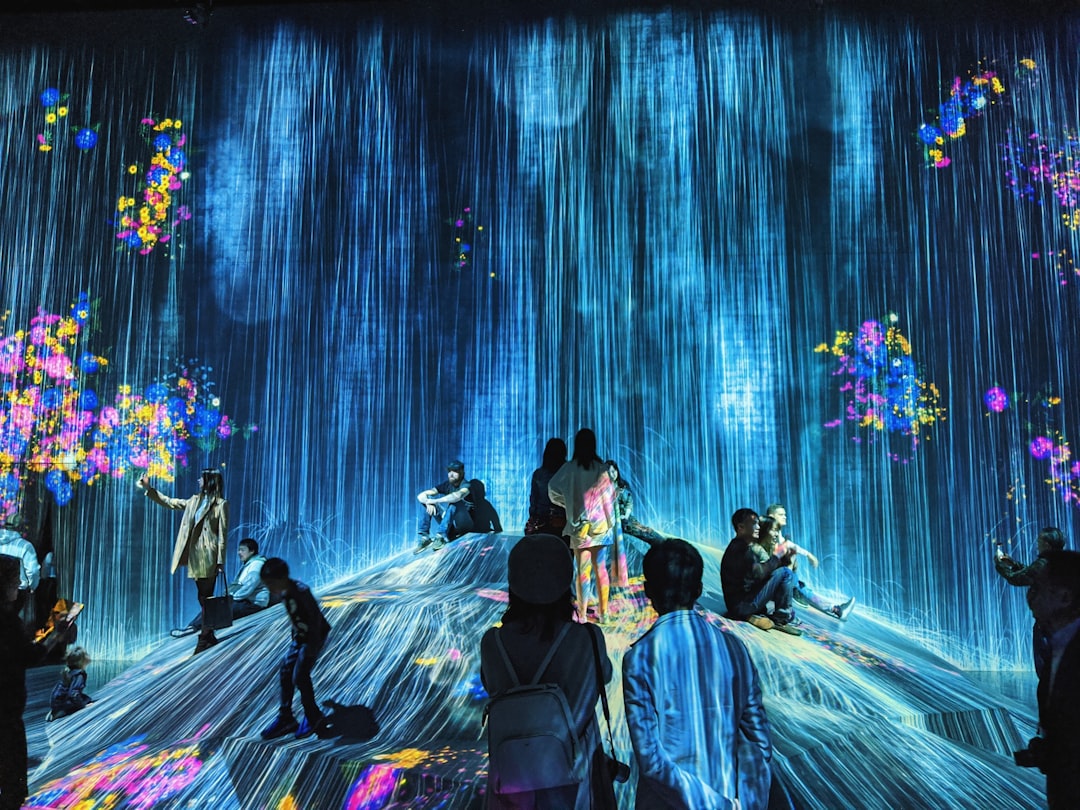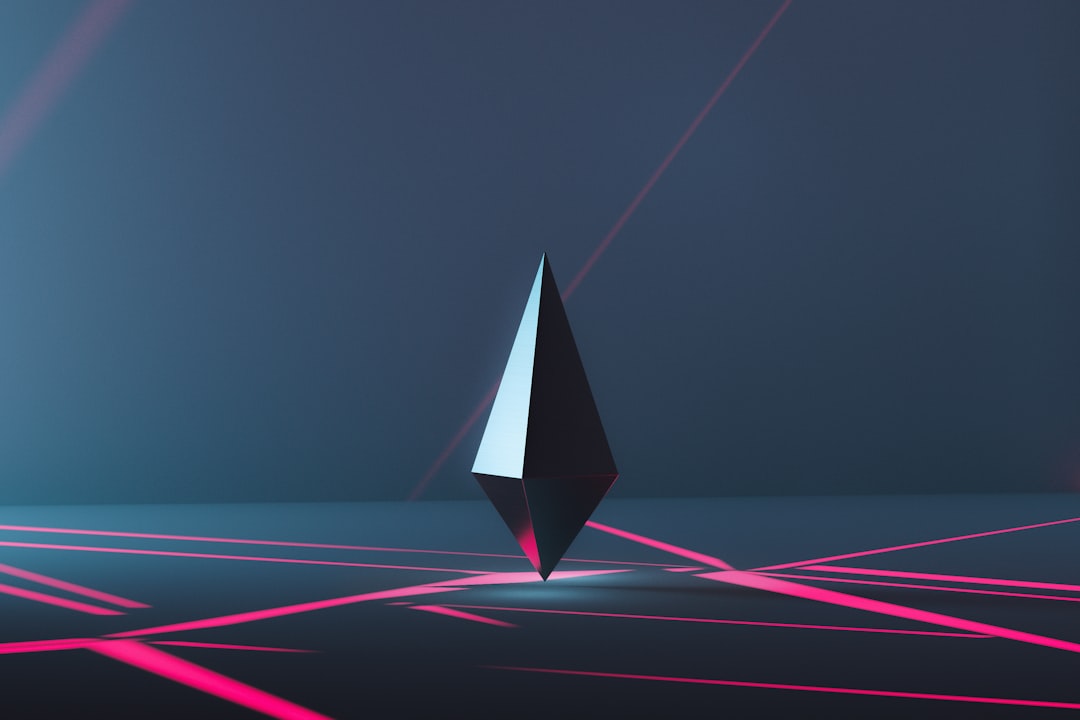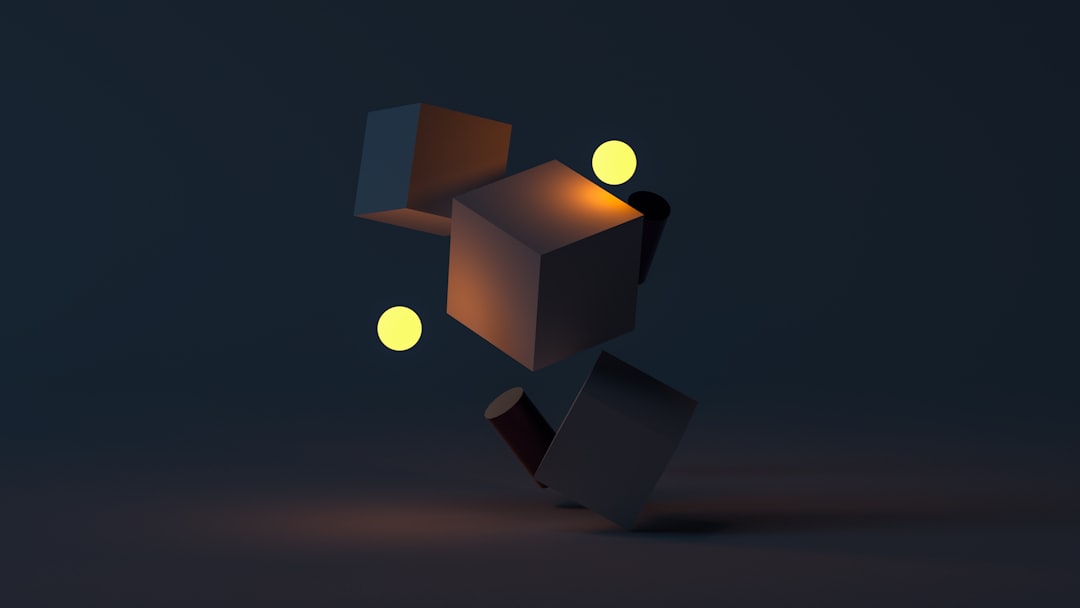Welcome to our blog post on the fascinating world of NFTs and crypto art! In recent years, the digital art landscape has been revolutionized by the emergence of Non-Fungible Tokens (NFTs), which have opened up new opportunities for artists to showcase and sell their work in a decentralized and secure manner.
As technology continues to advance, the intersection of NFTs and digital creativity has become a hot topic in the art world, sparking discussions about the future of art ownership, the democratization of the art market, and the potential for artists to earn a living through their digital creations.
In this blog post, we will delve into the world of NFTs, explore how they work, discuss the growing popularity of crypto art, and examine the benefits and challenges they present for digital artists. We will also take a closer look at the impact of crypto art on the traditional art market, showcase examples of successful crypto art projects, and offer insights into the future outlook for this exciting intersection of technology and creativity.
What are NFTs and how do they work?
So, you might have heard the buzz around NFTs lately, but what exactly are they and how do they work? NFT stands for non-fungible token, which basically means that it is a unique digital asset that cannot be replicated or replaced. Unlike cryptocurrencies like Bitcoin or Ethereum, which are fungible and can be exchanged on a one-to-one basis, NFTs are one-of-a-kind and have their own distinct value.
When it comes to NFTs, the blockchain technology plays a crucial role in ensuring their authenticity and ownership. Each NFT is stored on a blockchain, which is a decentralized and transparent digital ledger that records all transactions in a secure and tamper-proof manner. This means that when you purchase an NFT, you are essentially buying a digital certificate of ownership that is permanently linked to the specific piece of digital content.
One of the key features of NFTs is their ability to represent a wide range of digital assets, including artworks, music, videos, virtual real estate, and even tweets. This opens up a whole new world of possibilities for digital creators to monetize their work and connect with their audience in innovative ways. And the best part? NFTs enable artists to retain ownership of their creations and receive royalties whenever their works are resold in the secondary market.
So, in a nutshell, NFTs are revolutionizing the way we perceive and interact with digital content by providing a secure and transparent platform for buying, selling, and owning unique digital assets. Whether you’re an artist looking to showcase your work or a collector seeking to diversify your portfolio, NFTs offer a whole new realm of possibilities in the digital age.
NFT stands for non-fungible token, which basically means that it is a unique digital asset that cannot be replicated or replaced.
The growing popularity of crypto art
As the world of digital art continues to evolve, one trend that has been gaining significant momentum in recent years is the rise of crypto art. This new form of art utilizes blockchain technology to create unique digital assets known as non-fungible tokens (NFTs). These NFTs are changing the way artists create, share, and sell their work, opening up a whole new world of possibilities for both creators and collectors.
One of the key reasons behind the growing popularity of crypto art is the level of transparency and security it offers. By utilizing blockchain technology, artists can prove the authenticity and ownership of their digital creations, providing a level of trust and verification that was previously difficult to achieve in the digital art world. This has led to a surge in interest from both artists looking to protect their work and collectors seeking to invest in unique digital assets.
Furthermore, the decentralized nature of blockchain technology means that artists have greater control over their work, allowing them to bypass traditional gatekeepers and intermediaries. This has opened up new opportunities for artists to reach a global audience and sell their work directly to collectors, without the need for galleries or agents.
With the rise of social media and online marketplaces dedicated to crypto art, artists are finding new ways to connect with fans and monetize their creations. This has created a vibrant and diverse community of digital artists, pushing the boundaries of what is possible in the digital art world.
Overall, the growing popularity of crypto art represents a shift towards a more decentralized, transparent, and accessible art market. It is an exciting time for digital artists, as they explore the possibilities of NFTs and blockchain technology to redefine the way we create and consume art.
Furthermore, the decentralized nature of blockchain technology means that artists have greater control over their work, allowing them to bypass traditional gatekeepers and intermediaries.
Exploring the benefits and challenges of NFTs for digital artists
As digital artists continue to navigate the ever-evolving landscape of the art world, non-fungible tokens (NFTs) have emerged as a groundbreaking opportunity for creators to showcase and sell their work in a new and innovative way. NFTs offer a host of benefits for digital artists, but also come with their own set of challenges that need to be considered.
Benefits of NFTs for digital artists:
One of the main advantages of NFTs for digital artists is the ability to authenticate and protect the ownership of their digital creations. By using blockchain technology, artists can create a unique token that represents their artwork, making it easy to track and prove ownership. This not only helps to prevent plagiarism and unauthorized use of their work but also ensures that artists can receive royalties whenever their NFT is sold or traded.
NFTs also provide digital artists with a direct and decentralized platform to sell their work to a global audience. Traditional art markets can be restrictive and exclusive, but NFTs open up new possibilities for artists to connect with collectors and fans from all around the world. This level of accessibility and transparency can empower artists to take control of their careers and reach a wider audience than ever before.
Challenges of NFTs for digital artists:
While NFTs offer exciting opportunities for digital artists, there are also challenges that need to be addressed. One of the main concerns is the environmental impact of blockchain technology used to create and trade NFTs. The energy consumption of blockchain networks has raised questions about the sustainability of NFTs and the long-term implications for the planet.
Additionally, the volatility and speculative nature of the cryptocurrency market can pose risks for digital artists who are entering the world of NFTs. Fluctuations in the value of cryptocurrencies can impact the perceived value of NFTs, potentially affecting the income and stability of artists who rely on the sale of their digital creations.
Despite these challenges, the benefits of NFTs for digital artists are clear. By embracing this new technology and exploring its possibilities, artists have the opportunity to revolutionize the way they create, share, and sell their work in the digital age.
This not only helps to prevent plagiarism and unauthorized use of their work but also ensures that artists can receive royalties whenever their NFT is sold or traded.
The Impact of Crypto Art on the Traditional Art Market
As the world of digital art continues to evolve and expand, one cannot ignore the impact that crypto art has had on the traditional art market. With the rise of NFTs and blockchain technology, artists now have a new platform to showcase and sell their work, breaking away from the constraints of the physical art world.
One of the most significant impacts of crypto art on the traditional art market is the democratization of the art world. With NFTs, artists from all over the world have the opportunity to reach a global audience and sell their work directly to collectors without the need for galleries or intermediaries. This has not only empowered artists to take control of their careers but has also opened up new avenues for collectors to discover and invest in emerging talent.
Moreover, the transparency and security provided by blockchain technology have brought a new level of authenticity and provenance to the art market. Collectors can now verify the ownership and origin of a digital artwork, ensuring that they are investing in a legitimate piece of art. This has helped to combat issues of fraud and forgery that have plagued the traditional art market for years, making it a more trustworthy and reliable space for both artists and collectors.
However, the impact of crypto art on the traditional art market is not without its challenges. Some critics argue that the rise of NFTs and digital art has devalued the concept of art, turning it into a mere commodity or investment vehicle. Others question the environmental impact of blockchain technology, citing concerns about the energy consumption required to mint and trade NFTs.
Despite these challenges, the intersection of crypto art and the traditional art market presents a unique opportunity for artists to explore new mediums, connect with a broader audience, and redefine the boundaries of art. By embracing the possibilities that NFTs and blockchain technology offer, artists can push the boundaries of creativity and challenge the status quo of the art world, creating a more inclusive and innovative space for artistic expression.
Some critics argue that the rise of NFTs and digital art has devalued the concept of art, turning it into a mere commodity or investment vehicle.
Examples of successful crypto art projects
As the world of crypto art continues to expand and evolve, numerous successful projects have emerged that showcase the potential of NFTs in the digital art space. One such project is the Beeple’s “Everydays: The First 5000 Days” auction at Christie’s, where a digital artwork was sold for a record-breaking $69 million. This sale not only brought mainstream attention to the world of crypto art but also highlighted the potential for digital artists to reach a global audience and achieve financial success through NFTs.
Another notable example is the CryptoPunks project, where 10,000 unique algorithmically generated pixel art characters were created and sold as NFTs on the Ethereum blockchain. These collectible digital assets have gained a cult following and have become a symbol of the growing popularity of crypto art.
Furthermore, the success of the NBA Top Shot platform, which allows users to buy, sell, and trade officially licensed NBA collectible highlights as NFTs, has demonstrated the potential for NFTs to revolutionize the sports memorabilia market. With millions of dollars worth of transactions taking place on the platform, it is clear that there is a demand for digital collectibles backed by blockchain technology.
Other successful crypto art projects include the Rarible marketplace, where artists can mint and sell their own NFTs, and the Async Art platform, which allows for collaborative and programmable art pieces that can evolve over time. These projects showcase the diverse ways in which NFTs can be used to create, buy, and sell digital art in innovative and exciting ways.
Overall, these examples of successful crypto art projects highlight the endless possibilities and opportunities that NFTs present for digital artists and collectors. Whether it’s through record-breaking auctions, collectible digital assets, or collaborative art pieces, the intersection of NFTs and digital creativity is paving the way for a new era in the art world.
Conclusion and future outlook for the intersection of NFTs and digital creativity
As we wrap up our exploration of the fascinating world of NFTs and crypto art, it’s clear that this intersection is just the beginning of a revolutionary shift in the way we create, consume, and interact with digital art. The potential for growth and innovation in this space is truly limitless, and it’s exciting to think about the possibilities that lie ahead.
Looking to the future, we can expect to see even greater adoption of NFTs as more artists, collectors, and enthusiasts recognize the value and potential of blockchain technology in the art world. This could lead to a more democratized art market, where artists have more control over their work and can reach a global audience without the need for traditional gatekeepers.
Additionally, as the technology behind NFTs continues to evolve and improve, we may see new ways of creating and experiencing art that were previously unimaginable. Virtual reality, augmented reality, and other immersive technologies could further blur the lines between the physical and digital worlds, opening up new avenues for creativity and expression.
Of course, with this potential for growth and innovation comes challenges and questions that will need to be addressed. Issues such as copyright, ownership rights, environmental concerns, and the impact on traditional art markets will all need to be carefully considered as the intersection of NFTs and digital creativity continues to expand.
But despite these challenges, one thing is clear: the future of art is digital, decentralized, and full of possibilities. By embracing NFTs and crypto art, we are opening ourselves up to a world of creativity, collaboration, and innovation that knows no bounds. So let’s embrace this new frontier with open minds and open hearts, and see where it takes us. The future of art is here, and it’s more exciting than ever before.





